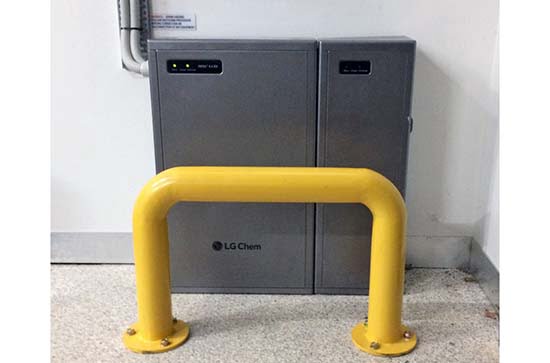First time posting on this forum. I'm in a very frustrated mode right now so apologies if any part of my post is too strong.
So I've been following this forum, learning a lot and was very excited to have my 5.78 kW Solar, 1 Powerwall installed today (Dec 18th) in San Jose. The lead electrician showed up timely and his first comment was we can't install the equipment next to your main panel as you have a PGE gas pipe within 3 feet. I was like but the Tesla person had come a few weeks back for a site visit and didn't foresee any issues and his response was "yeah they don't really understand the code or PGE requirements". I don't understand what is point of sending someone for a site visit and help design when they don't understand the code?!?
As if this was not enough, he said my powerwall install inside the garage needed a bollard per the code. I was again taken back and said I wasn't informed of that and having a bollard means I can't park my 2 cars inside unless I move all my storage, extra fridge etc. which I hadn't planned on doing or even discussed with my wife because again I was told I didn't need to do anything like that from the person who came for site visit.
The lead installer apologized, said its frustrating Tesla doesn't send someone more knowledgeable for site visit and that even if they found a way to make things happen by putting the equipment outside (in his words it is very complicated and would need conduits running front of my home which is very ugly and might need taking out and rebuilding my wall) this would be a complicated job and they wouldn't want to take it on right now given EOY push and that they want to complete as many simple projects as possible.
So..... Obviously I"m super frustrated and part of me doesn't even want to move forward. Are others who are putting a powerwall inside the garage being asked to put a bollard as well? What are you doing in cases where you PGE Gas line is within 3 feet of the main panel?
So I've been following this forum, learning a lot and was very excited to have my 5.78 kW Solar, 1 Powerwall installed today (Dec 18th) in San Jose. The lead electrician showed up timely and his first comment was we can't install the equipment next to your main panel as you have a PGE gas pipe within 3 feet. I was like but the Tesla person had come a few weeks back for a site visit and didn't foresee any issues and his response was "yeah they don't really understand the code or PGE requirements". I don't understand what is point of sending someone for a site visit and help design when they don't understand the code?!?
As if this was not enough, he said my powerwall install inside the garage needed a bollard per the code. I was again taken back and said I wasn't informed of that and having a bollard means I can't park my 2 cars inside unless I move all my storage, extra fridge etc. which I hadn't planned on doing or even discussed with my wife because again I was told I didn't need to do anything like that from the person who came for site visit.
The lead installer apologized, said its frustrating Tesla doesn't send someone more knowledgeable for site visit and that even if they found a way to make things happen by putting the equipment outside (in his words it is very complicated and would need conduits running front of my home which is very ugly and might need taking out and rebuilding my wall) this would be a complicated job and they wouldn't want to take it on right now given EOY push and that they want to complete as many simple projects as possible.
So..... Obviously I"m super frustrated and part of me doesn't even want to move forward. Are others who are putting a powerwall inside the garage being asked to put a bollard as well? What are you doing in cases where you PGE Gas line is within 3 feet of the main panel?




